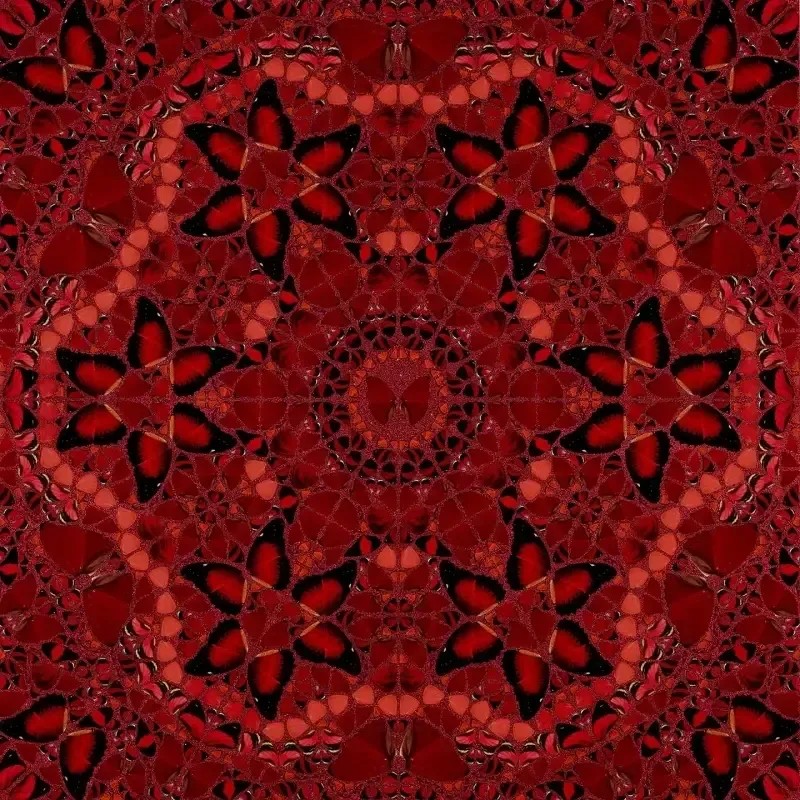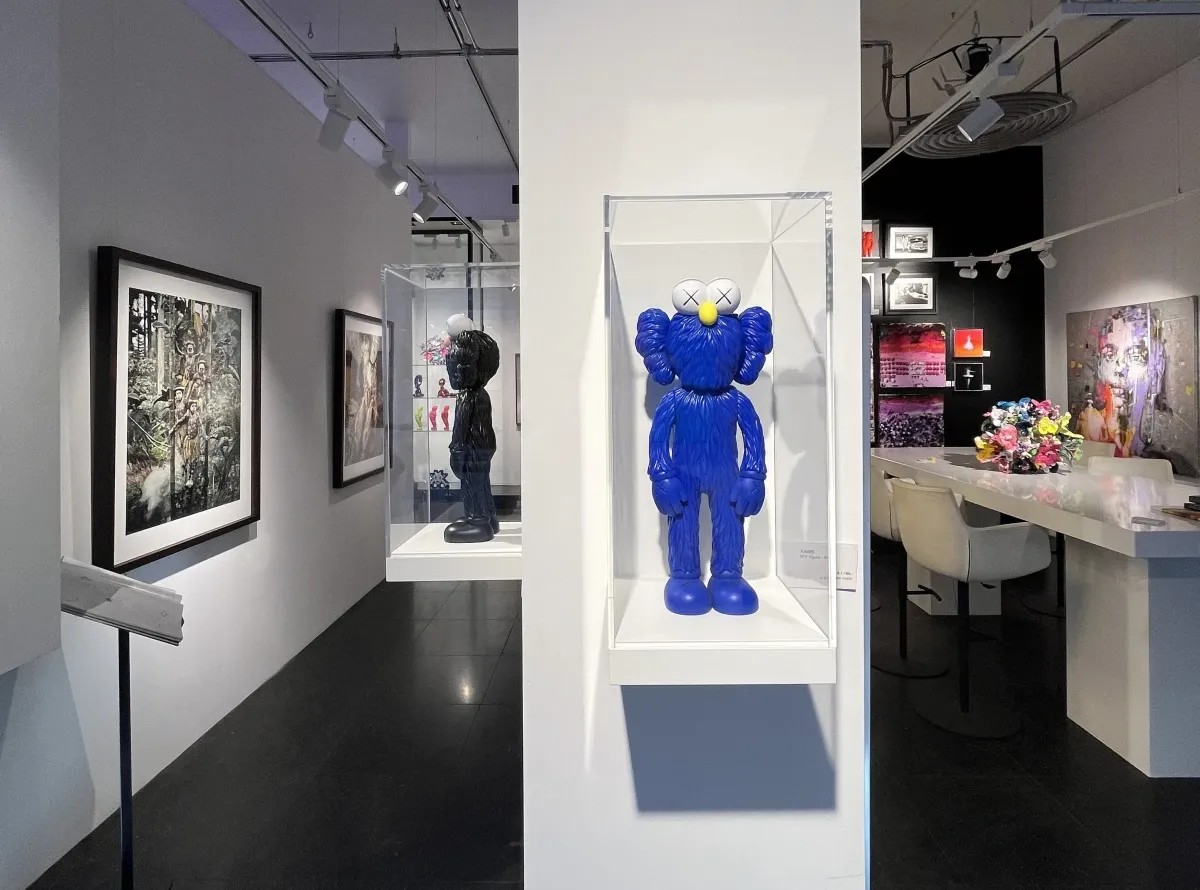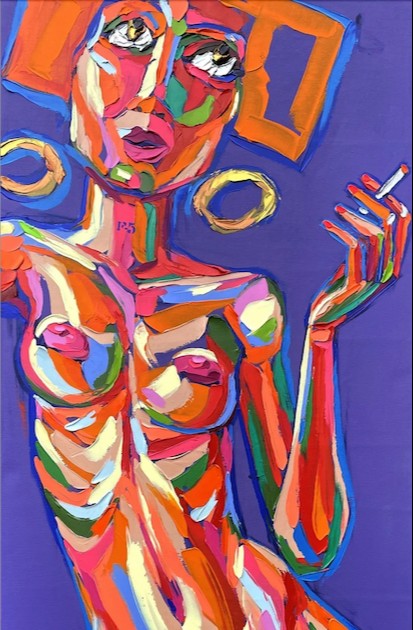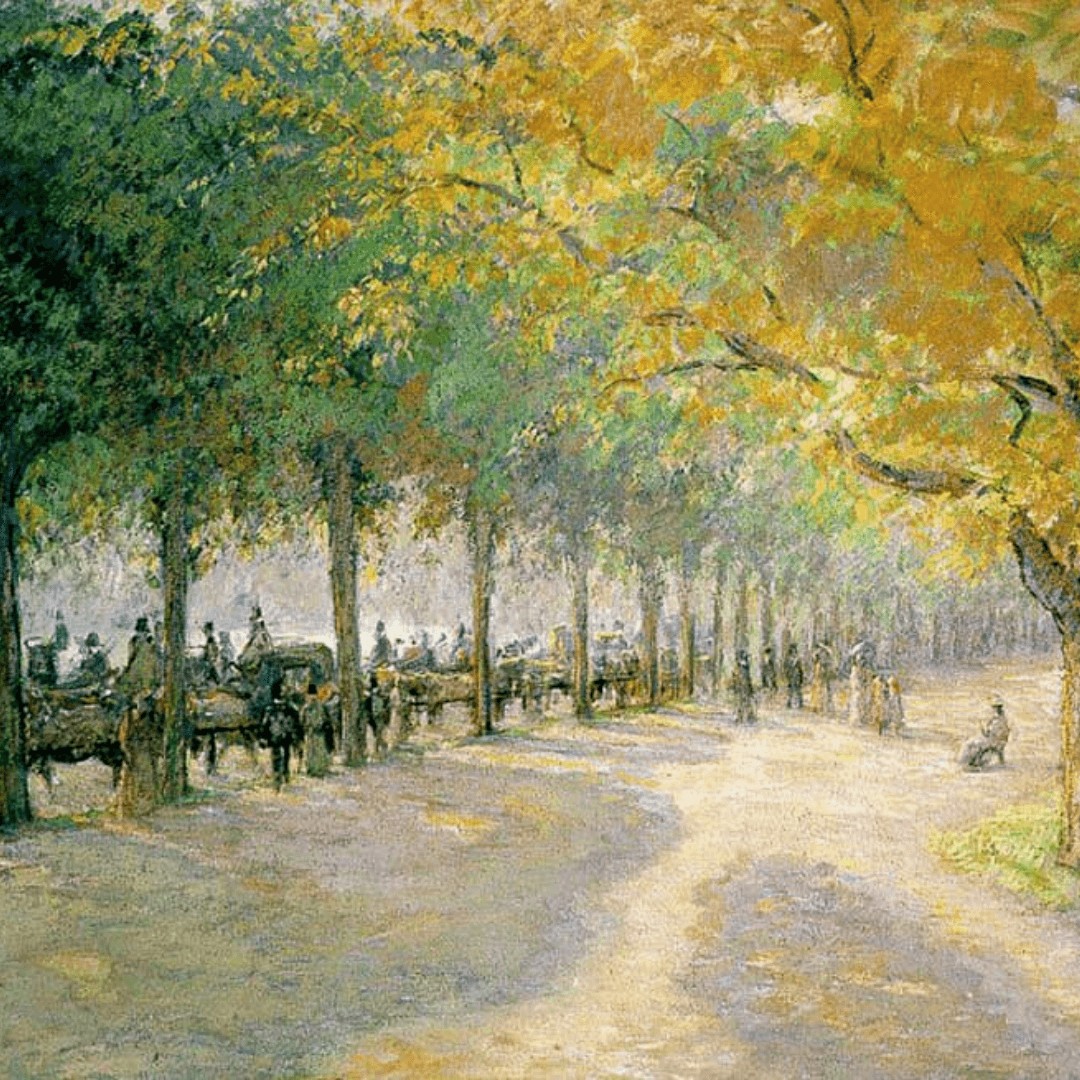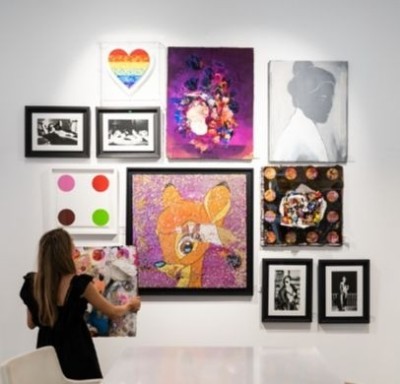Although geometric abstract art in itself is not an art movement, it does play a role (more than once) in art history. For example, around the First World War, geometric shapes are central to Cubism (Pablo Picasso and Georges Braque), Constructivism (Vladimir Tatlin and Kasimir Malewitch) and De Stijl (Piet Mondrian and Theo van Doesburg). This first generation of geometric abstracts seeks reference points in proportions and measures between shapes and colours. Partly as a reaction to the abundance of subjectivity and emotionality of other artists, this group wants to make art concrete and reduce it to a number of basic elements; to the essence.
‘Looking for even more purity, for measurable objective purity’
One of the most influential twentieth-century art movements, which ushered in a new way of seeing, is Cubism (1907-14). In the French capital, artists, following Picasso and Braque, long for a new design for artistic challenges. The depicted content is increasingly translated into basic geometric elements: the sphere, the cone and the cylinder. In geometric art, subjects are analyzed and simplified into these basic shapes. Color has a subordinate role, which is why artists use many 'boring' shades such as ochre, brown and grey. Shape variation and the sum of overlapping views from multiple angles predominate.
Well-known geometric artists
In the Netherlands, but even more so in Germany and Eastern Europe, a group of artists goes even deeper in search of even more purity, for measurable objective purity. Constructivism (1915-30) thus originates from Cubism and has many of the same characteristics. Constructivists like Malevich and Tatlin – the two great pioneers of modern art in Russia – want to construct, to achieve a new composed reality. The latter, in particular, maintains that art should be useful and should therefore make use of industrial materials and modern techniques. Actually, Constructivism is the purest form of Cubism.
"Actually, Constructivism is the purest form of Cubism"
Once moved and settled in Paris, Malewitch develops an extremely stylized formal language. His autonomous, abstracted art is built up in smooth, rectangular surfaces and stripes, which can overlap in different ways. The white background gives the impression of an indefinable, almost infinite space. This makes the geometric shapes appear to float. In his style – called Suprematism – the Russian compares boundless space with cosmic space, in which stars and planets follow their fixed orbits.
A pure, ultimate balance
Russian constructivism corresponds in design and starting points with De Stijl (1917-30) in the Netherlands. Mondrian, who also went to Paris to closely follow all developments within Cubism, concentrated from the outset on the ordering of form and line on the flat surface. He searches for a pure, ultimate balance. We see this appearing in his work from 1918 onwards. He himself gives his typical style the name neoplasticism, which he regularly substantiates with profound philosophical articles. His geometric paintings of black horizontal and vertical lines and surfaces in primary colors are world famous. Mondrian's work is an inexhaustible source of inspiration for other painters, architects, furniture designers and graphic designers.
What is geometric art
The view of this first generation of geometric abstracts has influenced an unimaginable number of disciplines and generations. Their ideas and art views have spread worldwide and, despite the emergence of new art movements, geometric abstract art quietly simmers at its own pace and also reaches into contemporary art.
‘They continue to experiment with light, movement and optical effects or illusions’
The fascination for the purity of geometry and color revived a few decades later. Through the personal interpretations of painters such as Victor Vasarely, Bridget Riley, Ludwig Wilding and M.C. Escher. They continue to experiment with light, movement and optical effects or illusions. In this art movement, called op art (1955-66), the eye of the beholder sees something different from what is actually on the canvas. The effect of depth, relief and/or movement is created by specific shape and color combinations. The static (tightly measured) art is dynamically perceived by the viewer. The artistic concept of optical art plays the leading role, the execution is subordinate. This means that artists have their work printed in series. This makes art more accessible to the general public.
Principles and ideas are translated into shapes and colours, into rhythms and contrasts. In the abstractic art, the familiar reality disappears. The visual elements in themselves form the essence. The dynamic-kinetic cadence creates a curious moving spectacle. Several elements of op art are connected in psychedelic art, in kinetic art, hard-edge and minimal art.
Modern geometric paintings
Geometric abstraction and kinetic effects are still immensely popular in contemporary art. The universal language of this gives each geometric painting a timeless and open character. AbrahamArt, the largest gallery in the Benelux, with locations in Amsterdam and Eindhoven, has (inter)national work by both emerging talents and established names in its collection. Think, for example, of the adventurously colorful combination of lines by Jacqueline Bozon or by cultural animator, art director and visual artist Raimundo Rodriguez.
The fascinating Empresses prints by Damien Hirst are certainly also worth an investment. The prints are constructed from beautiful images of red butterfly wings, which are intricately arranged with a filigree of red glitter to create visually intoxicating kaleidoscope-like effects.
‘The static (tightly measured) art is dynamically perceived by the viewer’
Buying, borrowing or renting art is good for your health. Both physically and mentally. Art stimulates our happiness hormones. Regardless of performance, form or recognisability, looking at art promotes the production of dopamine and endorphins.
The best way to assess a work of art is of course the place for which it is ultimately intended, which is why any test placements can be arranged free of charge and without obligation. AbrahamArt works with a nice art lending formula, a combination of renting and saving for private individuals. An attractive art lease formula has been created for the business market.

